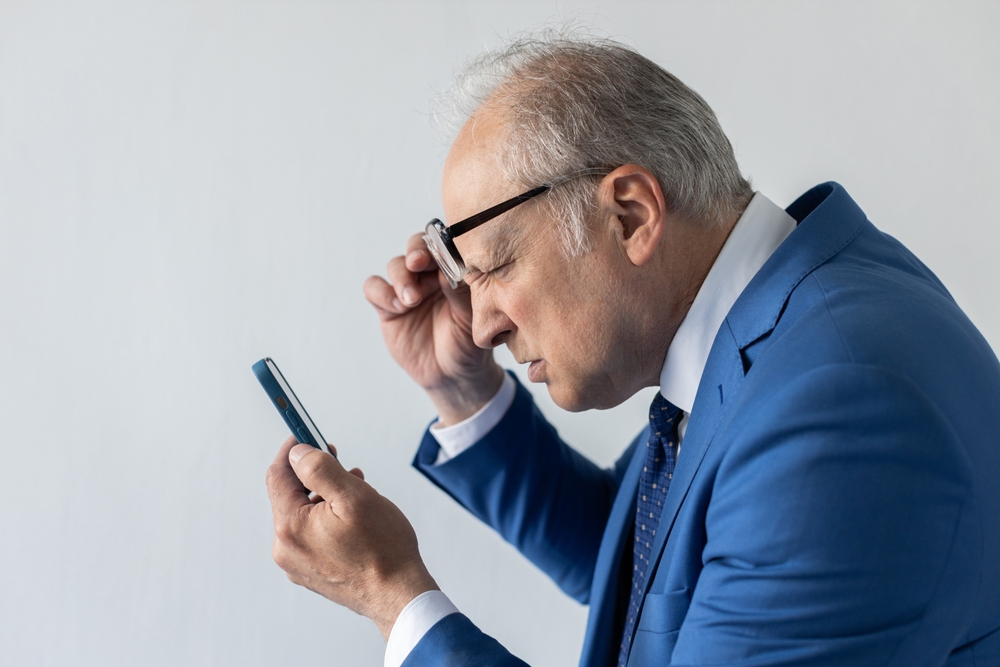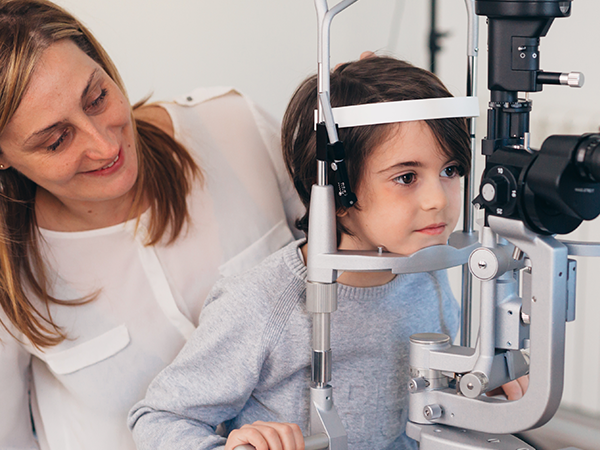
Not being able to see well or clearly can be debilitating. It’s challenging to navigate life when you have difficulty seeing what’s in front of you. Some people learn to live with it, but it would be great if there was a way to cure low vision. Now, devices can help people with low vision, but the disease is generally incurable.
What Does Low Vision Mean?
You have low vision when you can’t see your surroundings well, even with glasses or contact lenses. People slowly lose their sight when they age since the eyes change over their life span. Corrective devices like eyeglasses can usually fix that kind of vision loss. In the case of “low vision,” no medical treatment, prescription lenses, or surgery can fully correct your failing eyesight.
With this condition, you would find it hard to read books, sign your name, prepare meals, and do other everyday tasks, even with any of the usual treatments. It comes in varying degrees of vision loss, where one may only have a blind spot, to a near-total loss of sight.
Types of Low Vision
The different types of low vision are:
Blurred Vision
This type of low vision is where objects near and far away from you appear out of focus no matter what eyeglasses you use.
Hazy Vision
Hazy vision is when a glare or film covers your whole field vision. You have this low vision if what you see appears milky or as though a mild fog covers your view.
Loss of Central Vision
You have a loss of central vision when the center of your field of vision has a blind spot. In this type, only your central vision is impaired; your peripheral vision remains intact.
Loss of Peripheral Vision
If you lose peripheral vision, you can’t see either side of your eyes or above and below level. It’s also known as “tunnel vision” since only your central vision works well.
Night Blindness
You have night blindness if you can’t see well in low-light areas, such as outside at night and in interior spaces like the theater.
Light Sensitivity
Light sensitivity is a form of low vision where you’re overwhelmed by an average light environment. It often causes you to see washed-out images or glare. This form is highly uncomfortable and, sometimes, even painful.
Can It Be Treated?
Some low vision cases, such as diabetic retinopathy, are treatable. It is possible to maintain vision or even restore it, especially if detected early. Most low vision types, however, are permanent. Patients need various visual aids to see a little better. Some of these tools are:
Magnifying glasses
Telescopic glasses
Reading prisms
Lenses that filter light
If you have low vision, you may also use non-optical aids like a text-to-voice device, text-reading software, talking clocks and watches, check-writing guides, audiobooks, and more. Although incurable, there are ways to improve vision loss and quality of life.
You can find out about them when you contact Grandview Eyecare. Call us at (402) 768-6651 in our Hebron office or (402) 729-6162 in our Fairbury office in Nebraska.







